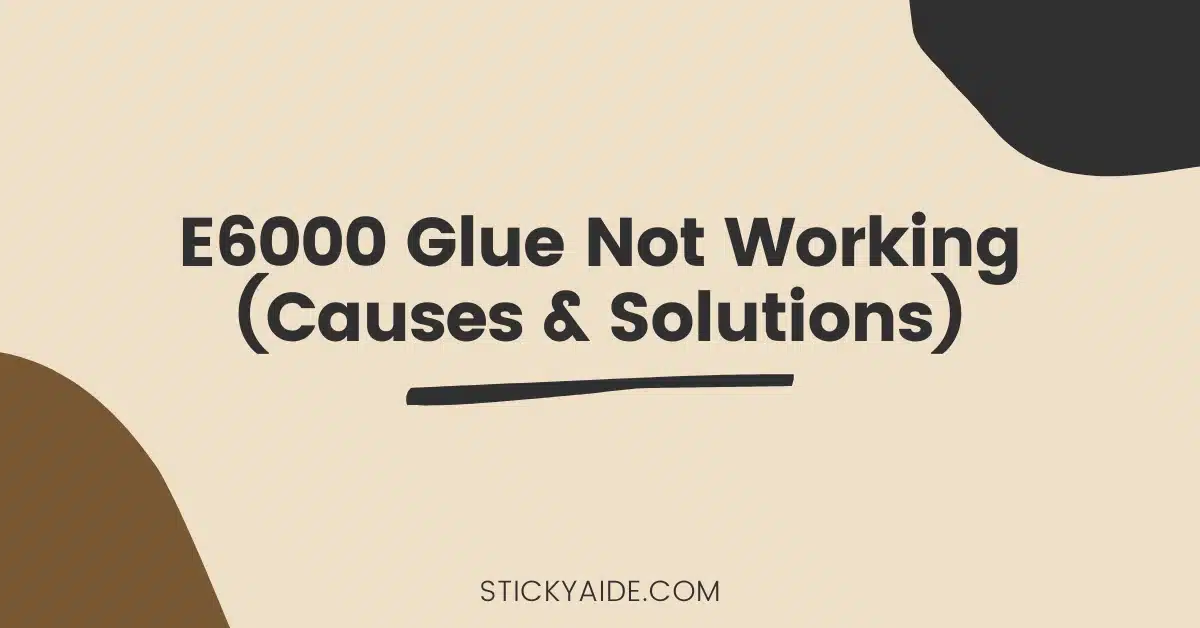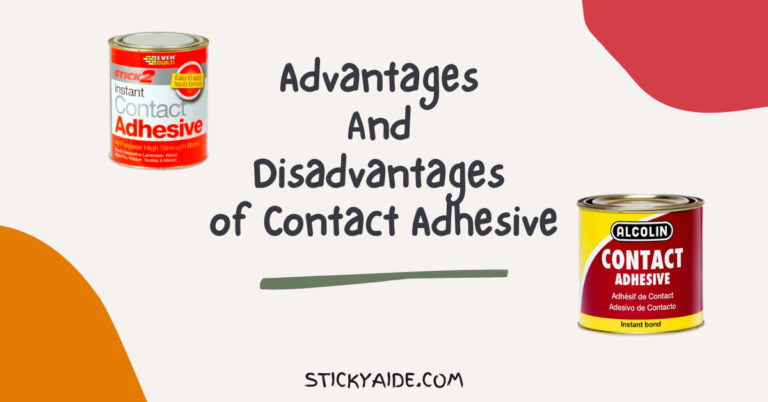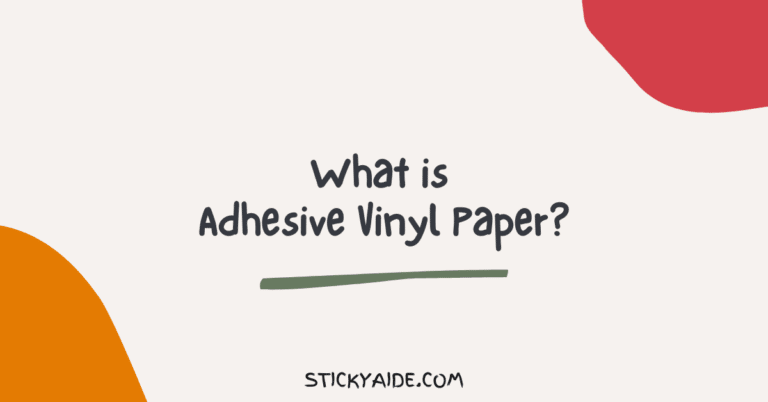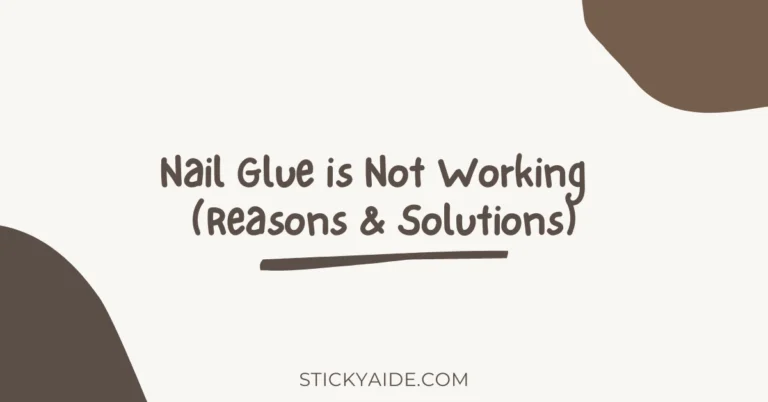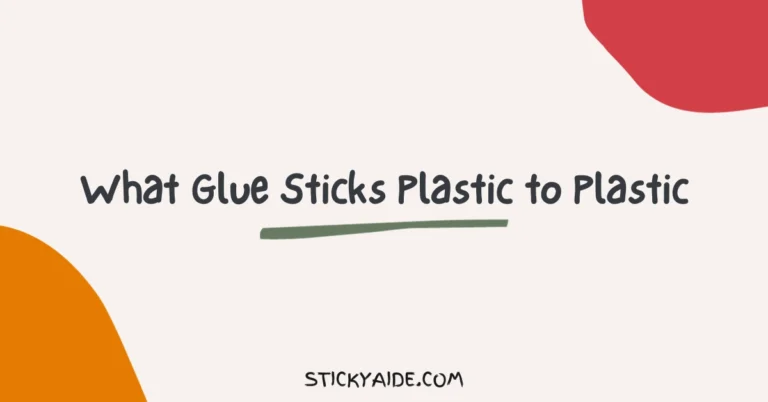E6000 glue is a waterproof, non-flammable, and paintable adhesive with UV resistance. It is famous for its extreme adhesion and valuable outcome.
But if you buy an E6000 glue and see it doesn’t work as expected, what should you do then? It doesn’t mean the reviews are fake. There are a few reasons why the E6000 glue not working.
Well, E6000 doesn’t stick to certain materials like polyethylene, polypropylene, or any greasy, oily places. The temperature factor is also a matter here.
To know the reasons in detail and get some simple solutions to make the E6000 work, get into the further discussion below.
Read More: How To Make E6000 Glue Dry Faster?
What Surface Is E6000 Glue Not Working On?
E6000 works on many materials that no other glue can do. But it isn’t helpful for the surfaces that are greasy, oily, or silicone-based.
E6000 is not suitable for polypropylene and polyethylene. And even if it sticks, the bond will not be strong enough or be durable.
Further, the glue doesn’t stick to fabrics made from natural fibers like wool, silk, and cotton. But you can use it for synthetic materials.
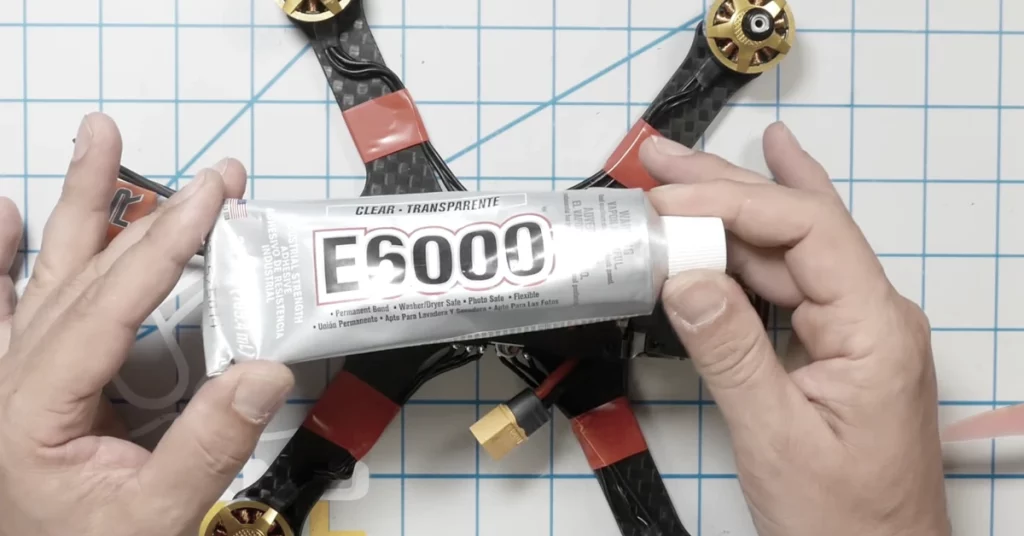
What Does E6000 Stick To?
E6000 glue is a self-leveling, industrial-strength adhesive that works on most plastics that no other glue can.
It is excellent for plastics like polyurethane, polypropylene, nylon, Teflon, and Delrin. Also, it has extreme adhesion to metal, wood, glass, ceramics, masonry, concrete, and fiberglass.
E6000 is also suitable for rubber, leather, vinyl, and rough surfaces. Use it for applications like automotive, arts and crafts, home improvement, and more.
To create a flexible and great bond on several materials, E6000 is the best.
Read More: Super Glue Not Working On Resin
Causes of E6000 Not Working
If the E6000 is not working on a specific surface, there could be many reasons behind it. First, you should check if the surface is rough or smooth.
The reason is that the E6000 doesn’t stick to smooth surfaces. If the surface is too smooth, it will be difficult for you to stick the glue.
Another reason is temperature. Room
Temperature is best for the E6000 glue. If the environment’s temperature isn’t like that, the E6000 won’t work as expected.
It is recommended to use the E6000 glue for outdoor projects. So, if you use it indoors, there is a chance it won’t stick as it should.
Read More: Does E6000 Work on Plastic?
Solutions If E6000 Not Working
E6000 is an excellent glue with the utmost versatility. But if the surface or environment is not compatible enough, the E6000 isn’t better.
It doesn’t mean the E6000 doesn’t have good specifications. If you read the product’s label, you will get to know how to use it and what things should be kept in mind to get the best results.
The first thing that you should follow is to roughen up the surface. As you already know, E6000 doesn’t work on smooth surfaces; you should follow the rule and make the surface rough if possible.
After roughening up the area, you can use the glue and get a better outcome. Also, ensure you use this adhesive at room temperature to make it work even better.
Consider a suitable temperature, chemical resistance, and sunlight exposure for solid adhesion.
Lastly, the surface should be clean and dry. No moisture should be there, and that’s how you can make the E6000 work.
Last Opinion
Now that everything is clear about what you should do if the E6000 glue not working, you can make the E6000 glue work if it still doesn’t. Do not forget to check out their product guidelines and specifications to learn more about it.
E6000 is a high-quality glue and is famous for its helpful features. So, you must ensure you get these qualities when working.
If not, follow the instructions that are already shared in this article, and you will get the results that you are looking for.

